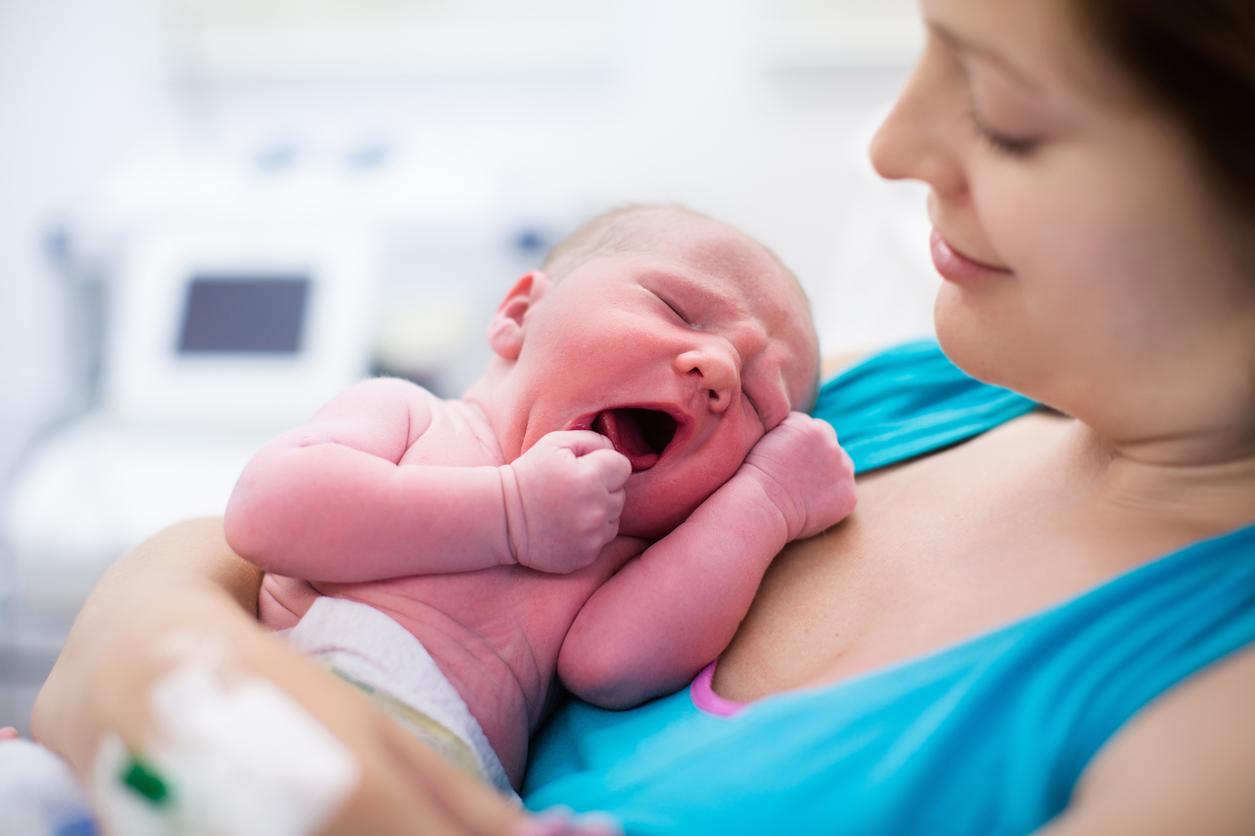What really happens to your vagina when you give birth
It may become looser, softer and more ‘open’

Your support helps us to tell the story
From reproductive rights to climate change to Big Tech, The Independent is on the ground when the story is developing. Whether it's investigating the financials of Elon Musk's pro-Trump PAC or producing our latest documentary, 'The A Word', which shines a light on the American women fighting for reproductive rights, we know how important it is to parse out the facts from the messaging.
At such a critical moment in US history, we need reporters on the ground. Your donation allows us to keep sending journalists to speak to both sides of the story.
The Independent is trusted by Americans across the entire political spectrum. And unlike many other quality news outlets, we choose not to lock Americans out of our reporting and analysis with paywalls. We believe quality journalism should be available to everyone, paid for by those who can afford it.
Your support makes all the difference.Despite the fact that women have been giving birth for as long as we’ve existed, horror stories abound, leaving many of us terrified of labour.
And some of the biggest concerns revolve around what happens to the vagina - tearing, cutting or simply not returning to how it was before are all worries many women have.
The average size of a baby’s head is 11.4 centimetres in diameter. The average diameter of a woman’s vagina (according to a study) is 2.1 to 3.5 centimetres. So who wouldn’t be a bit scared of squeezing a newborn out given that ratio?
But considering women’s bodies are made with the ability to have children, do we really need to be so scared?
The truth is that our vaginas are built to bear children and adapt accordingly. Whilst some women are cut to ease the baby’s head out and others have caesareans, through the vagina is the way our bodies were designed to give birth.
That said, things will change.
“The vagina can feel looser, softer and more ‘open’,” leading consultant in urogynaecology Dr Sohier Elneil told Her. “It may also look and feel bruised or swollen. This is normal, and the swelling and openness should start to reduce a few days after your baby is born.
“Your vagina will probably not return completely to its pre-birth shape, but this shouldn't be a problem. We always recommend pelvic floor exercises - sometimes called Kegel exercises - to help tone the vaginal muscles and your pelvic floor muscles and prevent incontinence.”
You might also find your vagina is somewhat dryer than usual after childbirth:
“The vaginal area can feel painful or sore in the immediate period after childbirth,” Dr Elneil explained. “This usually improves within six to 12 weeks after the birth.
“Once you stop breastfeeding and your periods have returned, the levels of oestrogen revert to pre-pregnancy levels. If you've noticed dryness, it should improve.”
And just like losing your virginity often hurts, Dr Elneil says giving birth for the first time is likely to be more painful than any subsequent labours, and you’re more likely to experience tearing.
There are steps you can take to minimise the pain though:
“Painkillers can help, but talk to your midwife, GP or pharmacist before you buy any over-the-counter painkillers if you're breastfeeding,” Dr Elneil recommends.
“It's important to keep the perineal area [the area between the vagina and the anus, where you’d be cut if you have an episiotomy] clean, so always wash your hands before and after changing your sanitary pads, and make sure you change them as soon as you need to. Have a bath or shower every day to keep your perineum clean.
“Depending on the size of the wound, you might have a scar when the tear or cut is healed. If you're at all worried about how your stitches are healing, talk to your nurse or doctor - this is especially important if you have a lot of pain or discomfort, or you notice a smell.”
And it’s worth working on those pelvic floor muscles before you even get pregnant or give birth. Simply contract the muscles as if you were trying to stop yourself pee.
Join our commenting forum
Join thought-provoking conversations, follow other Independent readers and see their replies
Comments